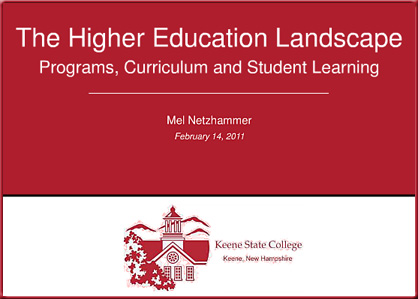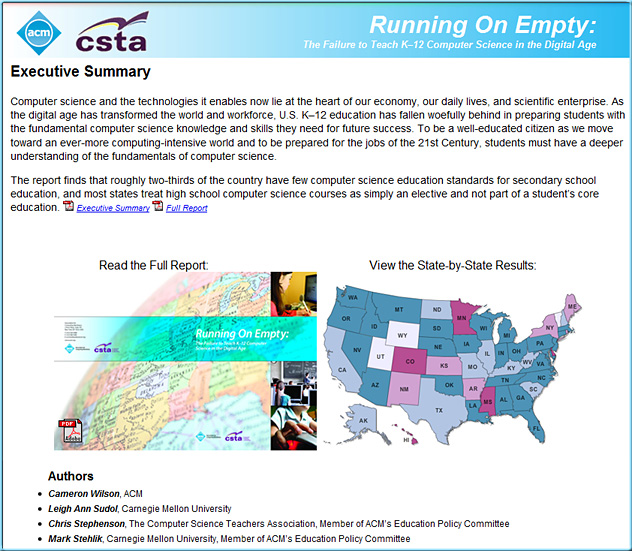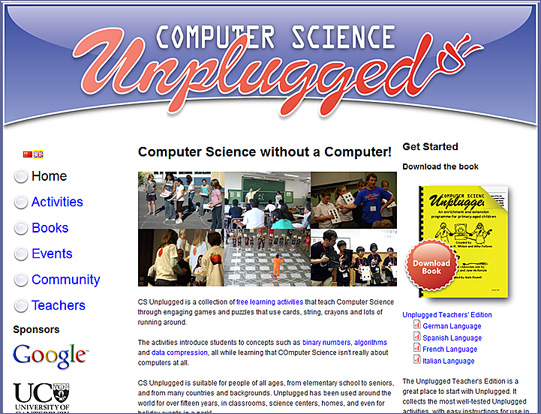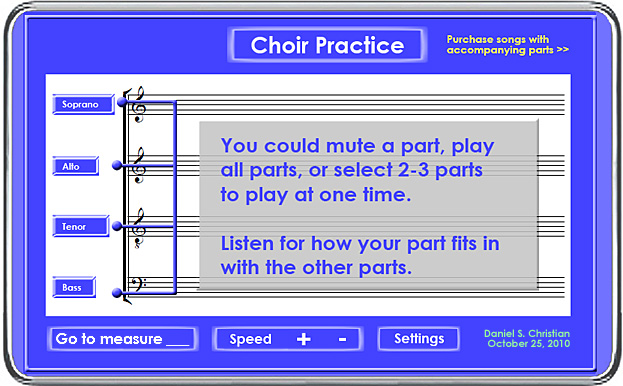White House Summit touches on K-12, college link — from edweek.org by Caralee Adams
Buoyed by White House attention to the importance—and needs—of community colleges, some in the K-12 community are waiting to see if that spotlight will generate momentum for improved college readiness and better alignment of high schools with higher education.
This week’s White House Community College Summit was largely a symbolic event drawing about 150 leaders in education, business, and philanthropy and aimed at focusing attention on what is often labeled an undervalued sector of higher education.
But while the summit produced no big policy recommendations, the issues of high school preparation and college access hovered in the background as participants broke up into working groups after opening remarks by President Barack Obama.
More here…
.
From DSC:
Some might look at what I cover in the Learning Ecosystem blog and comment, “What the heck is he doing? He can’t know everything about the teaching and learning worlds within the K-12, college, and the corporate training spaces!” And they would be right. But I don’t base my work here on myself. As a regular follower of this blog would know, I look to the expertise of others. While I will often interject my own thoughts and contributions here, I try to aggregate the valuable experiences and insights of others.
Along these lines, I want to interject that those of us in higher ed need to be very aware of what’s happening in K-12. Students’ expectations are the key items to note here. Graduates from high school will come to our doors (physical and virtual) with a set of expectations and skill sets. To me, these expectations seem to be changing. We must meet them where they are at.
So this item caught my attention. More later…
















